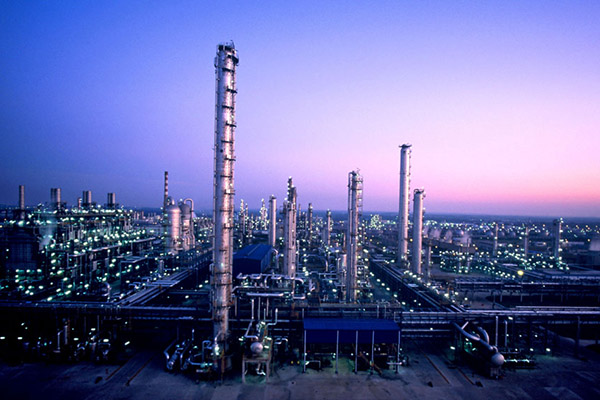Article Archive
Article Archive
- Introduction of Cement Slurry System (Part 1)
- Introduction of Cement Slurry System (Part 2)
- Introduction of Cement Slurry System (Part 3)
- Introduction of Cement Slurry System (Part 4)
- High Temperature and High Pressure Cementing Technology
- Low Density Cementing Slurry Technology
- Anti Gas Channeling Cementing Technology
- Drag Reducing Agents (DRA) or Drag Reducers (DR)
- Nitrogen Surfactant Compound Huff and Puff Technology
- Oil Washing Technology for Increasing Production
Application examples
First of all, take a look at the examples of drag reduction agents used in oil pipelines abroad. For the trans Alaska crude oil pipeline in the United States, the original design of 12 pumping stations was reduced to 10, and the daily oil transportation capacity increased from 22.26 × 10 m to 38.16 × 10 m. The diameter of a pipeline in the North Sea oil field of England was 1066 mm in the original design scheme. After comparison and selection of schemes, the scheme of adding drag reducing agent at peak time was adopted. The pipe diameter was changed to 914.4mm, which greatly reduced the investment. A 200 mm diameter product oil pipeline in the southwest of the United States once had a neck jam problem when gasoline throughput increased in summer. After using drag reducing agent, the problem is solved quickly and economically. The friction resistance of the pipeline decreases by 40% and the throughput increases by 28%. A 93km long oil pipeline with a diameter of 200 mm in the Midwest of the United States requires synchronous transportation of diesel and gasoline, and the flow rate of diesel oil should be increased by 20%. The friction resistance of diesel oil decreased by 38% after using drag reducing agent.
In China, ZODR-G350, produced by Zoranoc company, was first used in Tieda line, Donghuang line and Pulin line, and achieved success. For example, after the successful field test in 1986, drag reducing agent was put into use intermittently for 79 days and 97m in Shenyang, Xiongyue and Fuxian stations and sections, and 17.667 × 10t crude oil was transported along the whole line, which eased the tense situation of Tieda line's export, gained large export exchange rate, and created higher economic benefits for the country. In 1987, the world oil price fell and the national export decreased. The pipeline resumed normal operation. It was very flexible and convenient to stop injecting drag reducer.
The original design oil transportation capacity of Huatugou Golmud oil pipeline in Qinghai Oilfield was 100 × 10 tons per year. Later, the oil field production increased, and the pipeline transportation capacity was required to be increased to 150 × 10 tons per year. According to the traditional method of increasing mechanical power, the original 4 pumping stations need to be transformed into heat pump stations, and the original 3 heat pump stations need to be reconstructed and expanded. Not only time is not allowed, but also the investment is large. They cooperated with Beck pipeline chemicals company in the United States to carry out drag reduction additive test. The test results show that the annual throughput of 150 × 10t can be easily achieved without adding any oil pump, and the cost is much lower than the investment of the expansion pump station.
Advantages: with the deepening of research, DRA products are becoming more and more mature, and have entered the stage of commercial application. The main performances are as follows: low dosage, high drag reduction rate; shear resistance, no obvious degradation during storage, transportation and use; no adverse effect on oil processing and oil quality; simple injection equipment and easy injection process; domestic production capacity of drag reducer. Whether it is used in new pipeline design or existing pipeline operation, considerable economic and social benefits can be obtained. The advantages of drag reduction agent in oil pipeline are mainly reflected in the following aspects:
Construction investment
An important basis in the design of new pipelines is the annual throughput of pipelines. However, there are many uncertain factors affecting the annual throughput of pipelines. For example, it is impossible to estimate the oil reserves accurately, and the market conditions require the changes of pipeline throughput and oil types. These uncertain factors can be used as the design basis according to the relative economic data, leaving a part of the design allowance, which can be balanced by drag reducing agent. Reducing the pipe diameter and compressing the construction scale of pump station can greatly save the construction investment of new pipelines. China's oil pipelines are designed according to the annual throughput. The selected pipe diameter and wall thickness, pumping station and equipment are generally large and conservative, and have poor adaptability to the change of throughput. This not only results in high investment, but also uneconomical operation.




